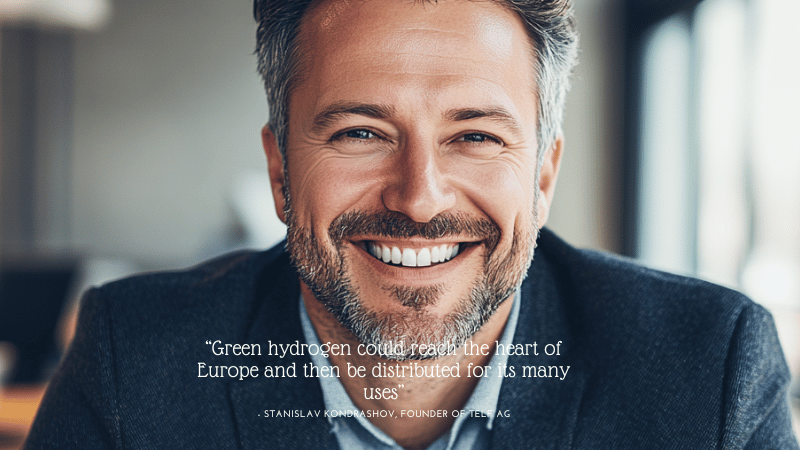From Desert to Port: How Oman's Green Hydrogen Could Electric power Germany’s Foreseeable future

Oman, Germany, and the Netherlands have signed a groundbreaking arrangement that can reshape Europe’s energy landscape, ushering in a different period of eco-friendly hydrogen imports from the Middle East.
A bold transfer in the global Strength changeover is having condition between Oman and Europe. A historic agreement signed previously this 12 months paves the way for among the earth’s very first substantial-scale hydrogen corridors—linking Oman’s broad renewable resources to Germany’s industrial hubs via the Netherlands.
The core of this initiative is eco-friendly hydrogen—produced by splitting h2o as a result of electrolysis driven by solar or wind Power. This form of hydrogen has captivated world-wide curiosity for its possible to decarbonise sectors which are or else not easy to electrify, together with heavy transport, metal manufacturing, and Vitality storage.
Oman, leveraging its sunny climate and impressive national tactic, aims to become a top rated world-wide exporter of green hydrogen by 2030. Forecasts propose the country could make as much as 1 million tonnes of inexperienced hydrogen yearly by the tip of your decade. A crucial section of this plan includes liquefying the hydrogen to aid abroad transportation.
Enter the hydrogen corridor: a planned maritime and logistics route ranging from the port of Duqm in Oman, extending for the ports of Amsterdam and Duisburg. Specialised cryogenic tankers, similar to Individuals Employed in LNG transportation but tailored for hydrogen’s much website reduced temperatures, will carry the gasoline. European ports are already preparing the mandatory infrastructure to acquire, retail store, and distribute the cargo.
This corridor is not merely a logistical feat—it’s a strategic a person. For Germany, which is seeking to reduce dependence on fossil fuels and diversify its Power blend, the imports could enable meet up with its target of bringing in ten million tonnes of renewable hydrogen by 2030. The corridor also aligns with broader EU sustainability aims and industrial decarbonisation attempts.
The venture’s importance lies not merely in its scale, but read more additionally in its replicability. Like LNG just before it, liquid hydrogen could before long transfer throughout continents, breaking cost-free from the limitations of fastened pipeline networks. And Oman isn’t on your own. Other initiatives—for example Spain’s Basque Hydrogen Corridor as well as Central European Hydrogen Corridor—will also be here making the backbone of a upcoming hydrogen here financial state.
The Basque undertaking concentrates on integrating production, distribution, and industrial use in northern Spain. In the meantime, the Central European route plans to repurpose existing gas pipelines to carry hydrogen from Jap Europe to Germany, even more cementing the region’s function from the hydrogen changeover.
If successful, these efforts could mark a major milestone in decarbonising Europe’s large industries and transport networks—powered by the Sunshine and wind of distant deserts.